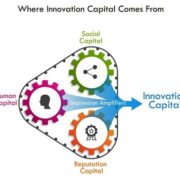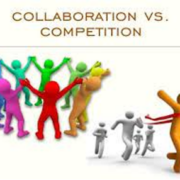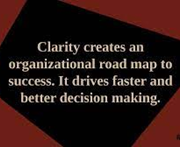In the digital world, innovation capital is the new currency of success
Is Innovation a strategic priority or an afterthought in your company? The myriad of new disruptive digital technology innovations have raised the leadership bar for success. Companies can no longer pay lip service to innovation as an addendum to their business growth strategy if they want to compete as viable digital enterprises.







